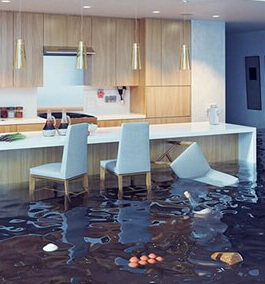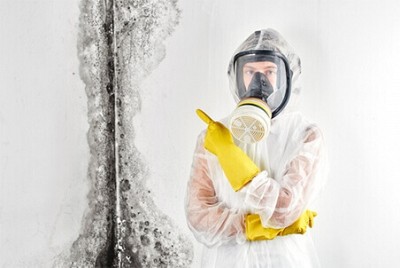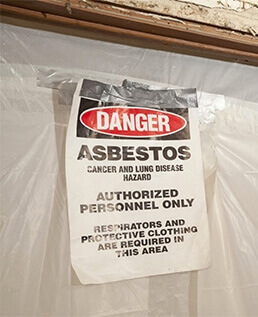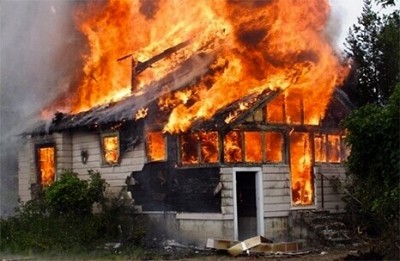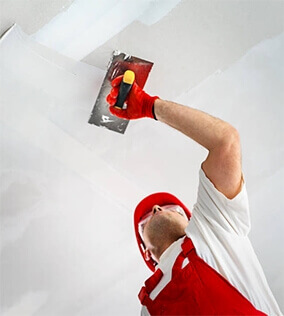What to Do About Apartment Mold Removal in Toronto or Ontario
Posted in Mold Removal, on August 13, 2015
Mold in rental apartments is a very common issue in today’s society. The main question everyone asks is “who is responsible for the cleanup?” Depending on the situation, it could be either the tenants or the landlord’s responsibility to deal with the cleanup. Often times, this issue is brought to the Landlord & Tenant Board and a file is started. Each member is able to bring forth their evidence and state their case at the hearing. In order to avoid this situation, ensure that a Tenancy Agreement has been signed and understand completely what each party is responsible for in many situations including water damage and flooded basement cleanup as well as mold removal in Toronto or elsewhere in Southern Ontario.
Whos Responsibility is It? Mold verus Water Damage
- A water damage that was caused do to the tenants in which causes mold growth, requiring expert mold removal serviecs. For example, if the washing machine overflowed, or the toilet was clogged and overflowed.
- Mold growing due to cleaning issues. Ensure that you keep the property cleaned and get in all the creases and crevices (for example; window sills and blinds, bathroom tiles and grout)
- Make sure if the basement or bedrooms are damp to install a dehumidifier. With furniture pushed right up against the wall, it give mold the wet environment and lack of airflow to grow.
** If you are a tenant and notice poor maintenance in your property, bring it to your landlord’s attention right away to prevent further damages and mold growth from starting.
Here is a list of what may be considered the Landlord’s Responsibility:
- Any mold growth due to water damage from poor maintenance. For example, roof leaks, foundation cracks and leaks. Being the landlord, it is you’re responsible to ensure that the home is in good standings.
- Any mold growth due to plumbing issues. Ensure that your plumbing is up to standards to avoid any issues. One of the most common areas mold growth due to plumbing is from either the kitchen or bathroom. Check the bathroom tiles and caulking and ensure no water is seeping in behind which can lead to mold growth.
- Unexpected damages to property (storms)
Get Reliable Mold Removal Services in Canada
*** If your tenant brings a maintenance issue to your attention, it is your responsibility to address and fix. If your property is managed by a property management company, they may be responsible for the damages depending on the agreement. If mold in your apartment was caused due to a building maintenance issue, then they are responsible. Ensure once again that a Tenancy Agreement is signed. Tenants are entitled to call the Ministry of Health in their area and have a health inspector come out free of charge to inspect the property. If an issue is found, a letter will be given to the landlord that the area needs to be cleaned and in most cases, by a professional mold removal company. Some mold can be cleaned by yourselves, but it is best to consult with a certified remediation company first. They will direct you in the right path and ensure that your health is put first! If you are a tenant, and your landlord is neglecting the fact that there is a mold issue in your apartment, you will need to have an air quality test / mold swab test done. An environmentalist can come in take a sample, which will indicate what mold is present and if it is elevated. The results will be proof that there is an issue and it needs to be addressed. Canada’s Restoration Services is fully licensed, certified and trained in mold removal and mold remediation in rental properties. For any inquiries, whether you are a landlord or tenant, we are here to help. Our live 24/7 customer representatives are available to discuss the situation and send you in the right direction. Call us TOLL FREE 1-888-551-0514


